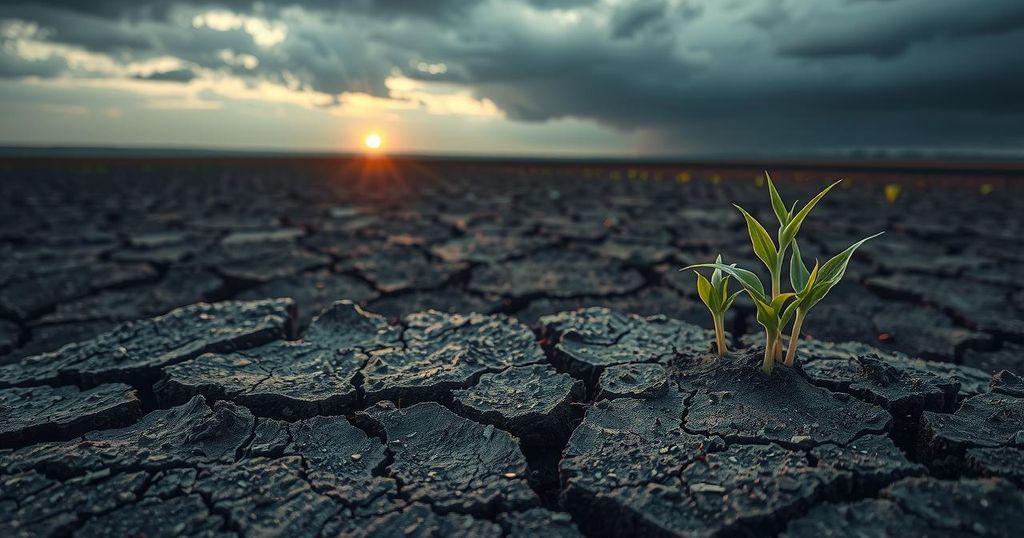India and China Among Most Affected Nations by Extreme Weather Events

The Climate Risk Index 2025 indicates that India ranks sixth in terms of extreme weather impact, alongside severe economic losses and fatalities. Notable weather events in India during 1993-2022 include devastating floods and heatwaves. The report stresses the growing climate crisis and the urgent need for multilateral action and increased climate finance, particularly for developing nations.
The Climate Risk Index 2025, published by Germanwatch, reveals that India ranks among the top ten countries most impacted by extreme weather events from 1993 to 2022. Dominica, China, and Honduras topped the list, with India, Myanmar, and Italy following closely behind. During this period, India faced more than 400 extreme weather events, including floods, heatwaves, and cyclones, causing approximately 180 billion US dollars in damages and resulting in at least 80,000 fatalities.
Significant extreme weather occurrences in India include the devastating Gujarat cyclone in 1998 and the Odisha cyclone in 1999, alongside cyclones Hudhud and Amphan in 2014 and 2020. Additionally, recurring heatwaves, with temperatures exceeding 50 degrees Celsius recorded in 1998, 2002, 2003, and 2015, contributed to high fatality rates. Overall, India ranks sixth in absolute fatalities and economic losses, highlighting the severe impact of extreme weather events.
The report emphasizes that countries such as China, the Philippines, Pakistan, and India are continually threatened by climate-induced extreme weather. Across the globe, extreme weather events have claimed almost 800,000 lives and inflicted 4.2 trillion US dollars in damages over three decades, particularly affecting nations in the Global South.
The Climate Risk Index assesses how extreme weather events influence countries based on the human and economic toll, with the most adversely affected nations ranked first. The analysis utilizes data from the International Disaster Database and socio-economic data from the International Monetary Fund. Developed nations like Italy and Spain were also mentioned among the most affected countries.
Laura Schaefer, Head of Division for International Climate Policy at Germanwatch, stated, “The climate crisis is increasingly becoming a global security risk and must be addressed with bold multilateral actions.” She emphasized the need for comprehensive data from Global South countries to truly understand the full extent of the crisis.
Furthermore, the report indicates a scarcity of climate financing to address extreme weather events. The recent COP29 in Baku did not deliver an ambitious New Collective Quantified Goal (NCQG) on Climate Finance. David Eckstein, Senior Advisor for Climate Finance at Germanwatch, remarked, “High-income and high-emission countries must recognize the urgency of accelerating mitigation efforts. The less we invest in mitigation and adaptation today, the more staggering the human and economic costs will be in the future.”
Overall, urgent action and substantial financial support from developed nations are crucial to address the escalating impacts of climate change and assist vulnerable countries in mitigating these effects.
The Climate Risk Index highlights India’s critical position among nations severely affected by extreme weather events, emphasizing the need for enhanced climate finance and global cooperation. High incidences of fatalities and economic losses showcase the urgent necessity for robust mitigation strategies and adaptation efforts. As emphasized by experts, addressing climate change is essential not only for the most vulnerable populations but also for global security as a whole.
Original Source: www.hindustantimes.com







